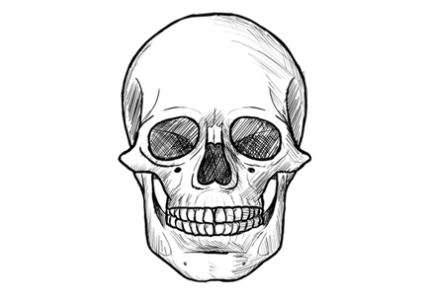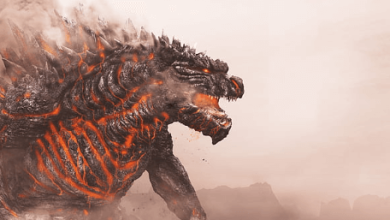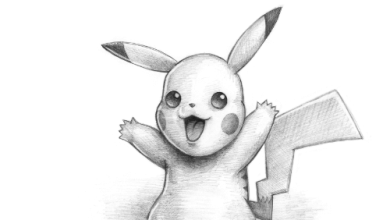Drawing:Oldj_7nsvxk= Skulls

Welcome to ‘Drawing:Oldj_7nsvxk= Skulls’, a comprehensive exploration of the artistic representation of skulls. Skulls have long held a significant place in art history, symbolizing themes of mortality, knowledge, and transformation.
Understanding the anatomy and structure of skulls is essential for creating realistic and impactful drawings. This course will delve into various techniques for capturing the intricate details of skulls, from shading to proportions.
Additionally, we will explore the symbolism and interpretations associated with skulls in different cultures and contexts. Join us on this journey of artistic expression and discover the beauty and freedom in mastering the art of drawing skulls.
Historical Significance of Drawing:Oldj_7nsvxk= Skulls in Art
One of the most prominent features in the history of art is the utilization of Drawing:Oldj_7nsvxk= Skulls as a potent symbol. Skulls in folklore have often represented mortality, the afterlife, or even rebellion against societal norms.
Through artistic representations, skulls have been used to communicate themes of impermanence, transformation, and the interconnectedness of life and death. Artists have employed skulls to challenge conventional perspectives and evoke a sense of freedom in their audience.
see also: Animated:Ond4b82znuu= Christmas
Anatomy and Structure of Drawing:Oldj_7nsvxk= Skulls
The intricate anatomy and structure of human skulls play a crucial role in understanding cranial morphology and its physiological functions.
Skull morphology, a key aspect of forensic identification, aids in determining age, sex, ancestry, and even past traumas.
Through detailed examination and analysis, forensic experts can reconstruct the individual’s appearance and shed light on potential causes of death, contributing significantly to investigations and scientific research.
Techniques for Drawing Realistic Skulls
Exploring various artistic methodologies for capturing the intricate details of skull anatomy enhances the accuracy and realism in depicting cranial structures.
Employing advanced shading techniques can add depth and dimension to the skull, emphasizing its contours and features.
Understanding skull proportions is crucial to ensure the overall symmetry and balance of the drawing, creating a lifelike representation of this intricate anatomical structure.
Symbolism and Interpretations of Skulls
Continuing our exploration of artistic representations of skulls, delving into the symbolism and interpretations associated with this iconic anatomical motif adds depth and meaning to the visual narrative.
Skulls have long been intertwined with cultural beliefs, often serving as a potent symbol of mortality and the transient nature of life.
Across various cultures, the skull carries deep death symbolism, representing the cycle of life, death, and rebirth.
Conclusion
In conclusion, the depiction of Drawing:Oldj_7nsvxk= Skulls in art holds a rich historical significance, reflecting the anatomy and structure of the human skull. Through various techniques, artists can create realistic representations of skulls.
Additionally, the symbolism and interpretations of skulls add depth and meaning to artistic expressions. Overall, the presence of skulls in art serves as a powerful symbol that resonates with viewers on a profound level.



